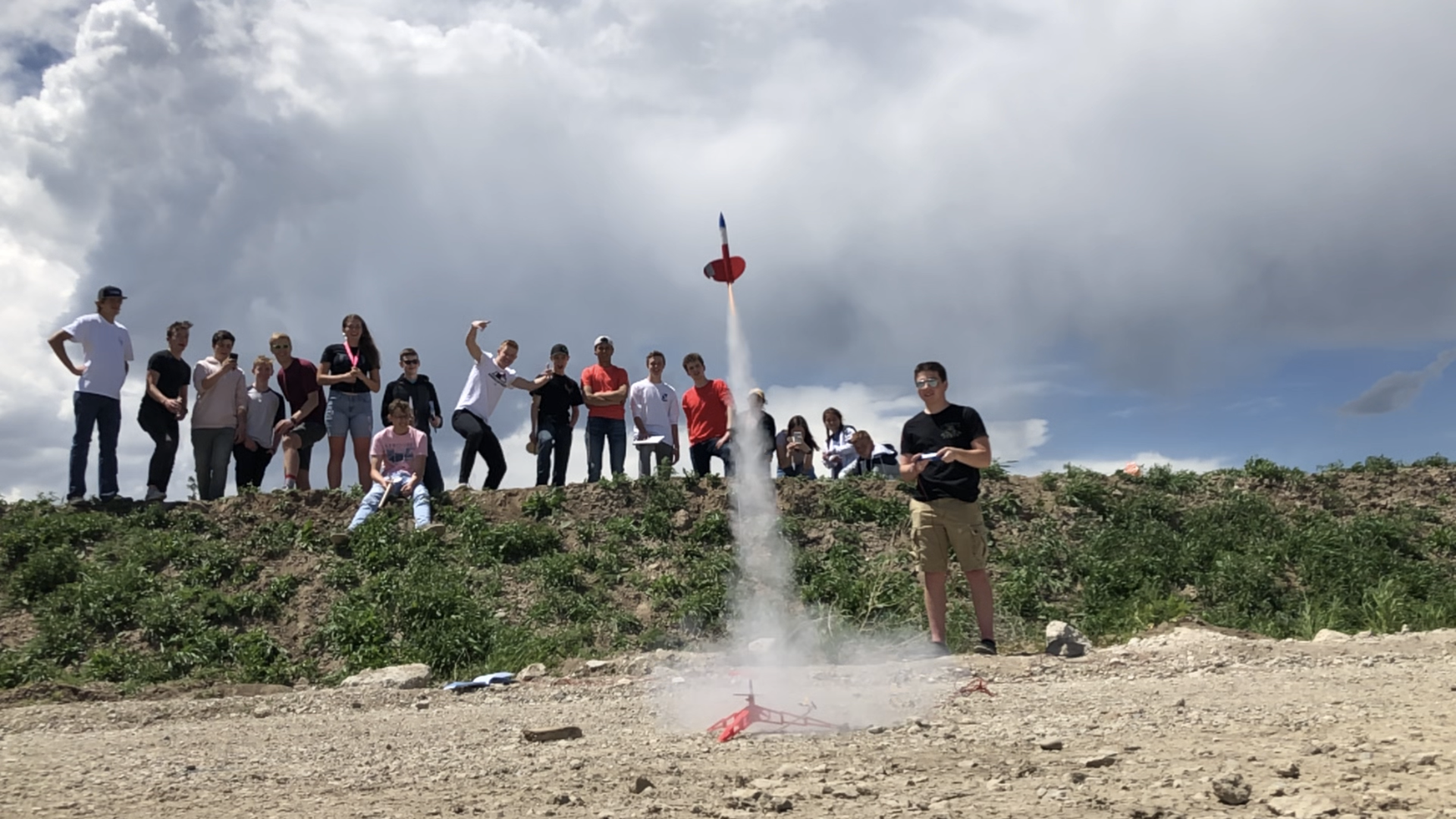Engineering: Aerospace
Forms for 2025-26 CLICK HERE
Please read the following class disclosure and then fill out the required forms that include agreeing with the disclosure.

From launching space explorations to delivering safe, clean water to communities, engineers find solutions to pressing problems and turn their ideas into reality. PLTW Engineering empowers students to step into the role of an engineer, adopt a problem-solving mindset, and make the leap from dreamers to doers. The program’s courses engage students in compelling, real-world challenges that help them become better collaborators and thinkers. Students take from the courses in-demand knowledge and skills they will use in high school and for the rest of their lives, on any career path they take.
Program Description:
The aerospace engineering program is available at the JATC during first semester for students who desire to continue their engineering pathway. This program consists of two courses: Aerospace Engineering (AE) and UAS: Design, Build, and Maintain (UAS). The AE course will have the students explore the physics of flight and bring what they’re learning to life through hands-on projects like designing a glider and creating a program for an autonomous space rover. The UAS course will cover the basics of Unmanned Aerial Systems (UAS) design and have the students design and develop UASs for specific scenarios.
Program Expectations:
Students will be involved in hands-on projects. Activities will be team oriented and attention to detail will be emphasized. Documentation and calculations will be an important part of the advanced engineering classes.
Second year programs are open to 11th and 12th grades.
- Most projects are team oriented; students are expected to be willing to work with other students in the class to achieve the project goal.
- The students will be doing engineering calculations and should come to the program with a good understanding of algebra, geometry, and trigonometry.
- Documenting work and recording the design process is a very important part of engineering and will be an important part of the classes. Students will be expected to write as well as give several presentations to the class.
- This course propels students' learning in the fundamentals of atmospheric and space flight. As they explore the physics of flight, students bring the concepts to life by designing an airfoil, propulsion system, and rockets. They learn basic orbital mechanics using industry-standard software. They also explore robot systems through projects such as remotely operated vehicles.
- This course introduces students to the basics of Unmanned Aerial Vehicle (UAV) structure. Using the engineering design process, student will design and develop UAVs for specific scenarios.
Frequently Asked Questions:
Does class have concurrent enrollment?
No, Aerospace does not have concurrent enrollment.
What is the schedule commitment for the Engineering: Aerospace Program?
The program is one semester long consisting of two courses that are each 1.0 high school credits. This means that the student is at the JATC for two class periods on A Days and B Days during second semester. The students can be bussed to and from their home high schools or they can drive in personal cars.
How is it different than a normal math or science class?
Engineering is about applying math and science to solve real world problems. In the Engineering program we will be learning how to apply the math and science the students are already familiar with on real world problems and with hands-on projects.
[email protected]

